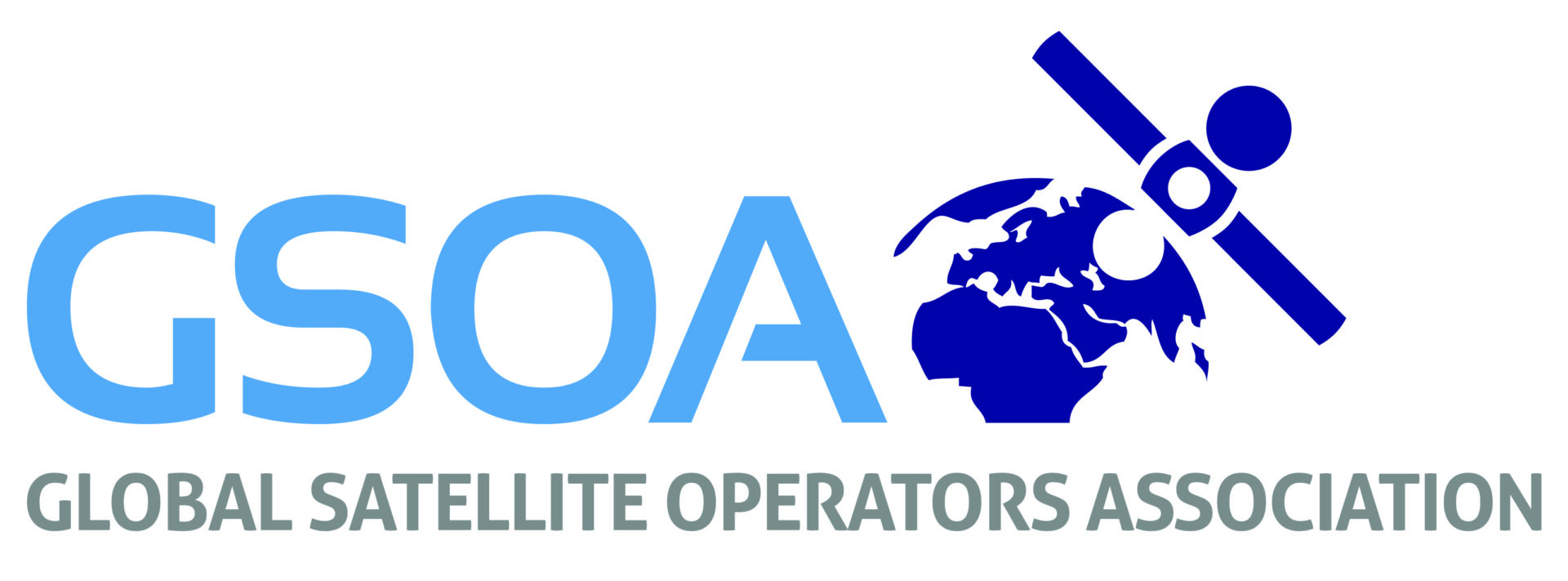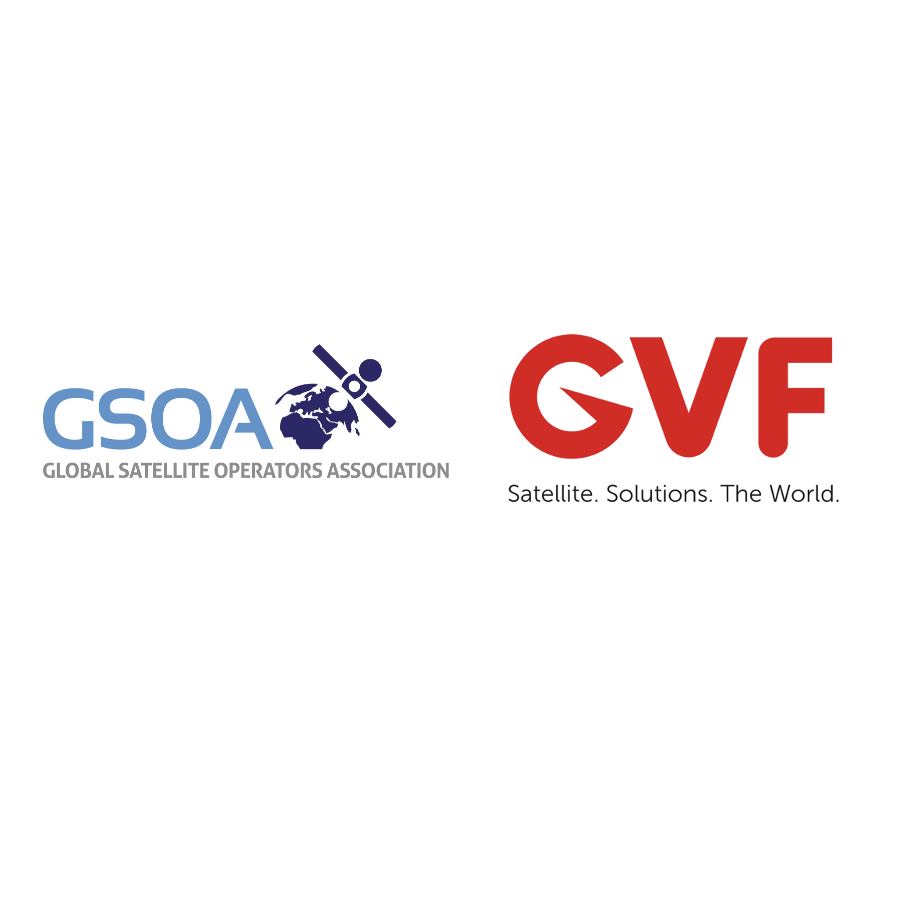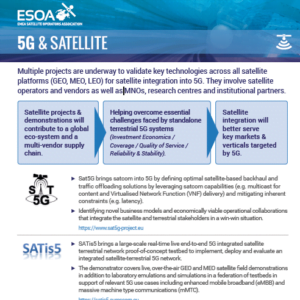Blogpost #1: Anytime, from anywhere and on any device (ATAWAD)
Satellite communications have demonstrated their critical importance and value in today’s world. The substantial value added of satellite to the access technology mix for 5G is becoming increasingly clear, especially for unserved/underserved areas and for mission critical and other applications where ubiquitous coverage and resiliency are crucial.
The 5G ecosystem calls for a flexible, adaptable technology framework, fully capable of supporting multiple access technologies that can best respond to the ever-increasing expectations and demands of the users.
Via full integration into 3GPP standards, 5G offers a unique opportunity for the satellite industry to fully establish its place in the global communications ecosystem.
For the past few years, the satellite industry has engaged proactively with the mobile industry and vertical stakeholders at 3GPP and other forums to ensure that satellite technologies can be fully integrated into 5G system at the architecture and the radio access network (RAN) level. The integration will contribute to the ATAWAD goal associated to the provision of 5G services.
During 3GPP Plenaries RAN#86 & SA#86 in December 2019, 3GPP approved the normative activities in support of satellite integration into the 5G system, as part of the Release 17. The work includes developing technical specifications to support transparent payload-based scenarios addressing UE with GNSS capability. These work items have been supported by a wide range of organizations from the satellite and mobile industries as well as professional and governmental stakeholders. This paves the way for the definition of a global standard for satellite networks operating at LEO, MEO or GEO orbits in various frequency bands.
During the same meeting, a study to address features necessary to enable LTE NB-IoT/eMTC to support satellite was also approved as part of Release-17. This work will contribute to better support for vertical businesses and applications requiring global service continuity in various domains such as agriculture, transport and logistics.
Additionally, through collaboration with NGMN, key ESOA members have successfully demonstrated to 3GPP that space-based networks provide an effective alternative for network connection beyond traditional deployment methods, especially in rural areas. Integrating space-based systems with existing terrestrial networks enables mobile network operators to overcome the challenge of signal quality and roaming capabilities in underserved areas. Much other collaborative work has taken place and ongoing activities working with partners looking at sectors from agri-tech and Connected Vehicles on the ground to connecting airplanes, drones and ships.
At a time when all of humanity is sharing the experience of the COVID-19 pandemic, a satellite component of 5G offers a compelling case for its central role in helping to realize the full promise and potential of 5G: enabling global collaboration among health communities, expanding access to telemedicine, enabling tele-education and tele-work, facilitating ongoing economic activity and supporting social-distancing.
By Munira Jaffar, ESOA Standards Working Group.
Natalia V
Director of Public Affairs & Communications
[email protected]
+32 2 669 4274




